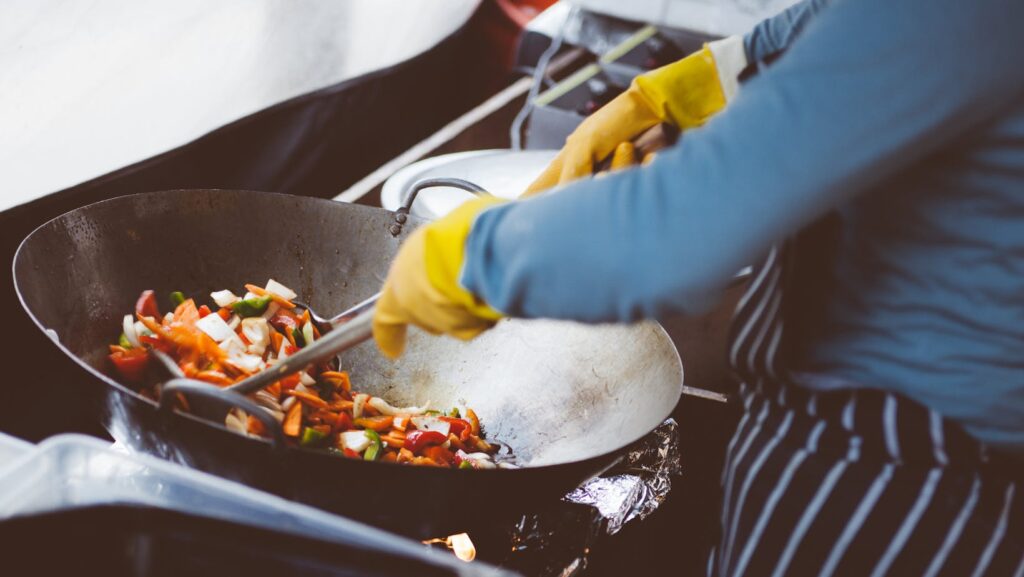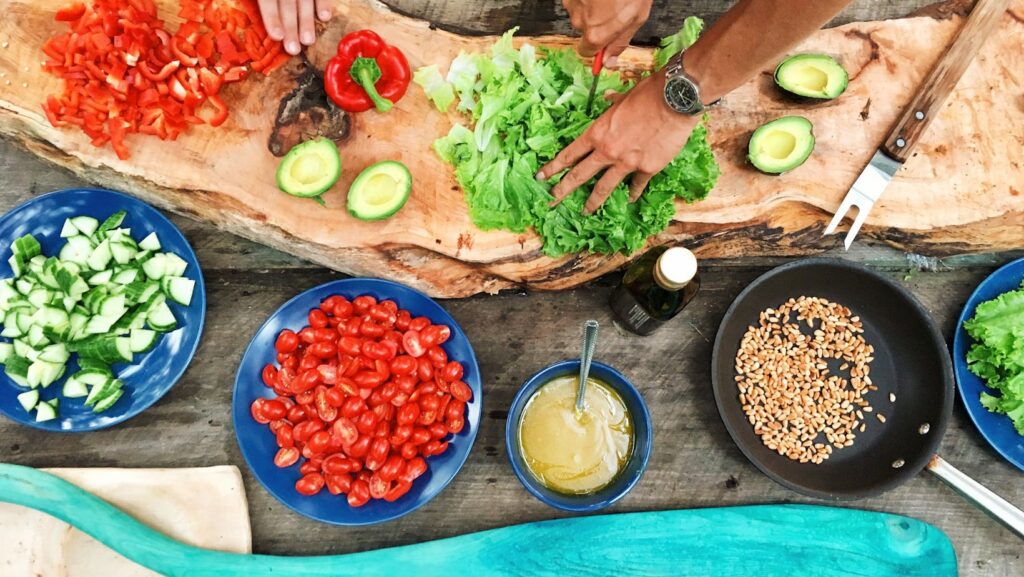Ready to level up your culinary skills? You’ve landed in the right place. The world of advanced cooking techniques may seem daunting, but don’t worry, we’re here to guide you every step of the way.
Whether you’re an ambitious home cook or an aspiring chef, mastering these techniques will open up a whole new world of flavors and textures. From sous vide to spherification, we’ll demystify these methods and show you how they can transform your meals from ordinary to extraordinary.

Advanced Cooking Techniques
Diving into the world of advanced culinary techniques, it’s essential to grasp where these methods originate and how they enhance your gastronomic journey. This exploration dives into the evolution of cooking techniques and uncovers the science behind modern advanced methods.
The Evolution of Cooking Methods
Engaging with the history of cooking methods, we find that culinary arts have evolved significantly. Primitive techniques of roasting on open fires gave way to more advanced methods, including slow cooking, braising, and baking. However, the culinary world kept evolving, always seeking innovation and precision. Nearly 200 years on, humanity’s cooking techniques began incorporating scientific principles, leading to what is now known as molecular gastronomy.
For instance, Sous vide, a French term meaning “under vacuum,” emerged in the culinary scene in the mid-1960s. A few innovative French chefs started cooking food sealed in airtight bags, at precisely controlled temperatures. Today, this is an established cooking technique used in high-end restaurants and domestic kitchens alike.
Spherification, another advanced cooking technique originating in the 2000s, transforms liquid food into spheres – a technique now famously associated with Chef Ferran Adria of elBulli.
The Science Behind Advanced Techniques
Understanding the science underpinning these advanced cooking techniques can unlock a world of culinary possibilities. For example, Sous vide relies primarily on the principle of precision control over temperature. Unlike traditional cooking methods, it allows you to achieve exact levels of doneness, enhancing both food safety and sensory quality.
As for Spherification, it rests on the science of alginate reactions. When a food substance mixed with sodium alginate comes in contact with a calcium bath, it forms a gelatinous spherical membrane, hence, theoretically turning any liquid into spherified pearls of flavor.

Key Techniques in Advanced Cooking
Fine-tune your culinary skills and redefine your cooking experience with these notable advanced cooking techniques. Each one embodies groundbreaking scientific principles to enhance not just the taste, but the aroma, texture, and presentation of your dishes.
Sous-Vide Cooking
With origins dating back to the mid-1960s, Sous-vide proves its supremacy in the culinary world. It’s an innovative technique involving vacuum-sealed bags and carefully controlled water baths. Dive deeper into its procedures and you’ll find the foundation in temperature precision. Every morsel of your food gets evenly cooked, ensuring the same degrees from edge to center. Given the accurate heat levels, overcooking becomes history. Sous-vide guarantees optimal flavor retention, as all juices and aromas get trapped within the sealed bags. As a result, your meats stay succulent, veggies remain vibrant, and your dish becomes an ensemble of tantalizing flavors.
Molecular Gastronomy
Propelling into the culinary scene in the 2000s, Molecular Gastronomy seeks the perfect fusion of cooking and science. Spherification, a popular process technique, exemplifies creativity at its finest. By leveraging alginate reactions, it metamorphoses ordinary liquids into delightful edible spheres. Imagine converting your favorite juices into tiny pearls or encapsulating soups in gel-like orbs. The burst of flavors as you bite into these culinary marvels truly depicts Molecular Gastronomy’s ingenuity. It doesn’t just tickle your taste buds, Molecular Gastronomy engages all your senses, creating a full-fledged dining experience.
Fermentation Techniques
Steering away from the novelty of modern approaches, Fermentation carries the legacy of ancient cooking. It’s a natural preservation technique enhancing nutritional value and introducing unique flavors and textures to dishes. Yogurt, cheese, and sauerkraut provide tangible examples of Fermentation at work. Microorganisms called probiotics cause chemical changes in the food, bringing forth complex flavors and health benefits. Because Fermentation promotes gut health and boosts immunity, it’s not just food for the palate but also the body.
Embrace these groundbreaking techniques to transform your cooking methodology and impress everyone at the dining table.
Remember, these techniques aren’t just for show. They offer tangible health benefits, from nutrient preservation to promoting gut health. So, why not take your culinary skills to the next level? Embrace these advanced techniques, and you’ll be crafting meals that are as healthy as they are impressive.
